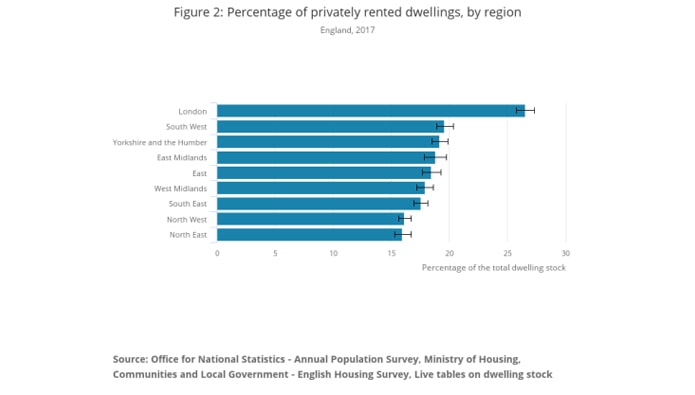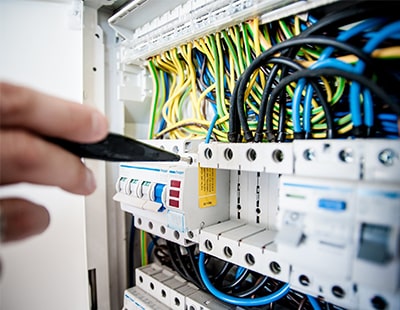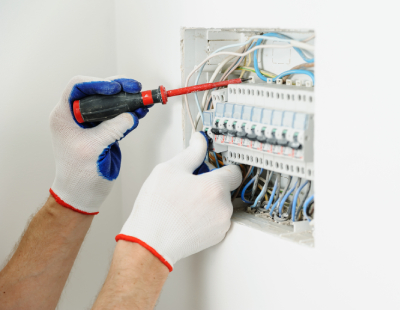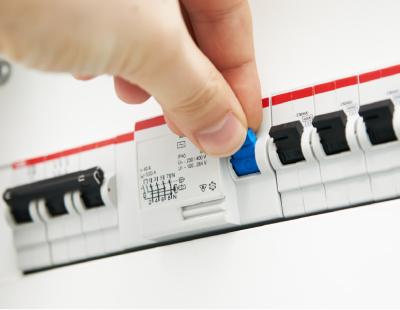The ESS regulations, in its current form, will impact private rentals in England only. The new rules will apply to new tenancies, (including renewal but not periodic) from July 1 2020 and to all existing tenancies from April 1 2021.
As currently drafted, the regulations will require private landlords to ensure that all electrical installations in their properties are inspected and tested by a qualified person before a new tenancy agreement commences.
A new inspection is not required for each tenancy agreement, so long as they are still valid and no more than five years old.
Reports of each inspection should be supplied to all tenants before they move in and also to contractors performing the next inspection.
During the tenancy, tenants should be given the latest report within 28 days of the inspection. Breaches of the regulations could result in financial penalties of up to £30,000.
The government will leave it up to local authorities to enforce the regulations. For example, landlords must produce the latest report to local authorities within seven days of a request.
The regulations require local housing authorities to enforce the rules and give them the power to arrange remedial action. Needless to say, it would be wise to always be compliant and make sure properties meet the minimum standards, at all times.
Curiously, even prospective tenants can request an electrical report and landlords must supply it within 28 days.
The nitty gritty
So, what is the minimum standard going to be?
According to the draft legislation,“electrical safety standards” means the standards for electrical installations in the eighteenth edition of the Wiring Regulations, published by the Institution of Engineering and Technology and the British Standards Institution as BS 7671: 2018(3);
The IET Wiring Regulations (BS 7671) came into effect on 1 January 2019. If you have had fixed wire testing done on your properties last year, chances are that the EICR was prepared in accordance with BS 7671.
It would be safe to say that any recommended remedial actions for hazards with the codes C1, C2 and FI should be carried out without delay. C3 is the code applied to ‘recommended improvements’ so one may think that these works will not become mandatory.
Now, what about EICRs performed before 2019? The clue may be found on this IET announcement. Here is a relevant excerpt: Existing installations that have been installed in accordance with earlier editions of the Regulations may not comply with this edition in every respect. This does not necessarily mean that they are unsafe for continued use or require upgrading.
While our more positive side would want to believe that properties with an older EICR may not need a new inspection done, the risk of being too hopeful could be too high for landlords.
The only conclusive way, it seems, to meet the new electrical safety standards is to have an EICR inspection performed in accordance with BS 7671.
The devil is still in the detail. We must bear in mind that the wording of the ESS regulations could still change. While it would be difficult to imagine that the government would intend to change the scope of the established IET regulations, the legal detail is to be found in the final legislation.
Therefore, we advise readers to keep an eagle eye on the developments of the ESS regulations in the coming months, especially on guidance published by government and ARLA Propertymark.
Hopefully, this will become available sooner rather than later so that landlords, agents and electrical contractors have more time to prepare.
According to the most recent English Housing Survey (Private rented sector), nearly one-fifth (19%) of all households in England live in privately rented homes.
Some 4.5 million households live in the private rented sector in England. Taking into consideration co-living properties and HMOs, we can make a rough estimate of two million properties will need to meet new standards and have an electrical inspection done by April 2021.
This is a mammoth task to be undertaken by the industry and government. Similar regulations have been in place in Scotland for a few years now and many say it’s about time for England to enforce higher electrical safety standards.
Clear guidance is much needed to clarify the finer details so that local authorities, many of which are already under immense pressure, will not be inundated with irrelevant cases.
With a finite supply of contractors in any region, agents should carry out an audit of existing EICRs against all rented properties, as well as any new listings to help them comply with the new regulations.

Start your audit now
You need to know the precise standard before you can say whether something is substandard or not. But as we’ve illustrated above, the standards are likely to be a valid EICR and there will be many other properties to assess across the nation.
While we await the publication of detailed guidance, agents are advised to get started on the admin and log EICR documentations and record relevant dates (report dates and next inspection dates) about their managed properties.
Consider carrying out remedial actions recommended in the latest reports. The same consideration and audit should also apply to rental listings yet to be let out.
With potentially millions of properties to be assessed in a few months’ time, agents are advised to carry out an audit and begin planning for the inevitable rush for electrical checks.
Specialist repairs and maintenance software can help with the logging and storing of compliance documents, and even automating future inspections so electrical contractors are contacted weeks or even months in advance, so risks of non-compliance due to the shortage of contractors can be minimised.
For more advice on automated compliance audit and monitoring, check out this free step-by-step guide on Fixflo.
*Katie Buxton is In-House Counsel and Head of People at Fixflo, the market-leading repairs and maintenance management software.
**Disclaimer: This article is intended for information only and does not constitute legal advice.


























Join the conversation
Be the first to comment (please use the comment box below)
Please login to comment